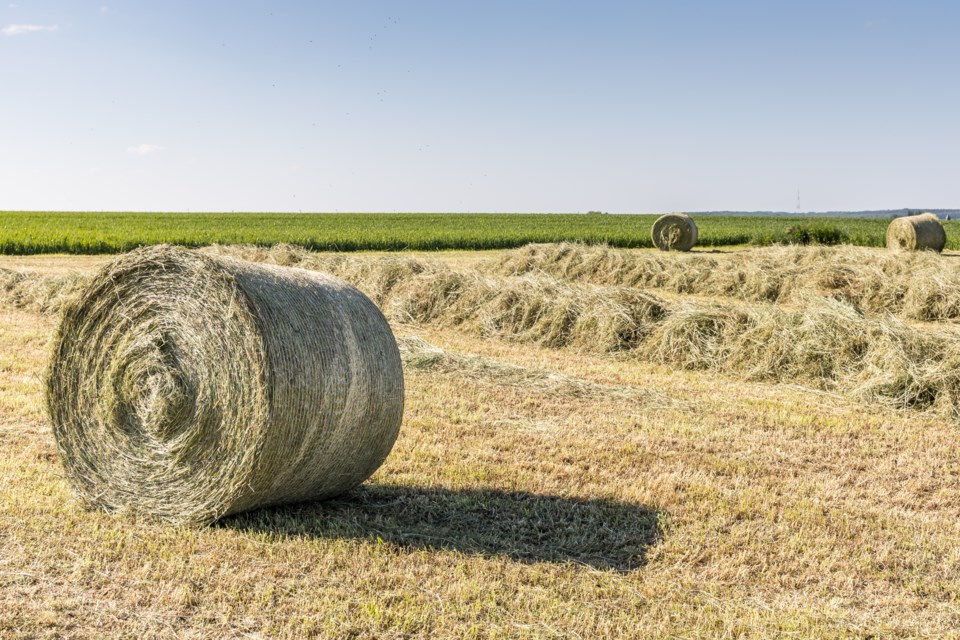WEYBURN - The southeast is on the cusp of crossing the harvest halfway point this week, according to the weekly crop report for the period of August 29 to September 4. There is 49 per cent of the crop combined so far, just ahead of the five-year average of 48 per cent. Moisture in the area paused combines for a few days; however, producers made great progress when conditions were favourable.
While producers have just a few acres of winter cereals left, spring cereals continue to be the main focus of many harvest operations. All spring cereals are over halfway harvested, with barley leading at 74 per cent complete for the year. Lentils and field peas are also close to being done, with less than 10 per cent of the crop still in the field. Chickpeas are 48 per cent in the bin for the year. Mustard continues to lead the oilseeds with 36 per cent harvested, ahead of canola at 23 per cent and flax at 14 per cent.
Yield estimates are now being reported for the year. Spring rains and growing season moisture benefited the region. Hard Red Spring Wheat yields are estimated at 41 bu./ac., while canola is estimated at 33 bu./ac. Lentils are estimated to yield 1681 lbs./ac., and chickpeas are estimated to yield 1,605 lbs./ac.
The southeast received the most rain overall this past week, with all cropping districts in the region receiving rain. The Corning area received the most in the region, with 41 mm being reported. Cropland moisture is 36 per cent adequate, 36 per cent short and 28 per cent very short. Hay and pasture moisture is 30 per cent adequate, 42 per cent short and 28 per cent very short.
Crop damage in the area is due to grasshoppers, localized flooding and sooty mold on standing crops. Producers are busy swathing, combining and cleaning bins. Livestock producers are hauling water and feed while also preparing for the winter.




